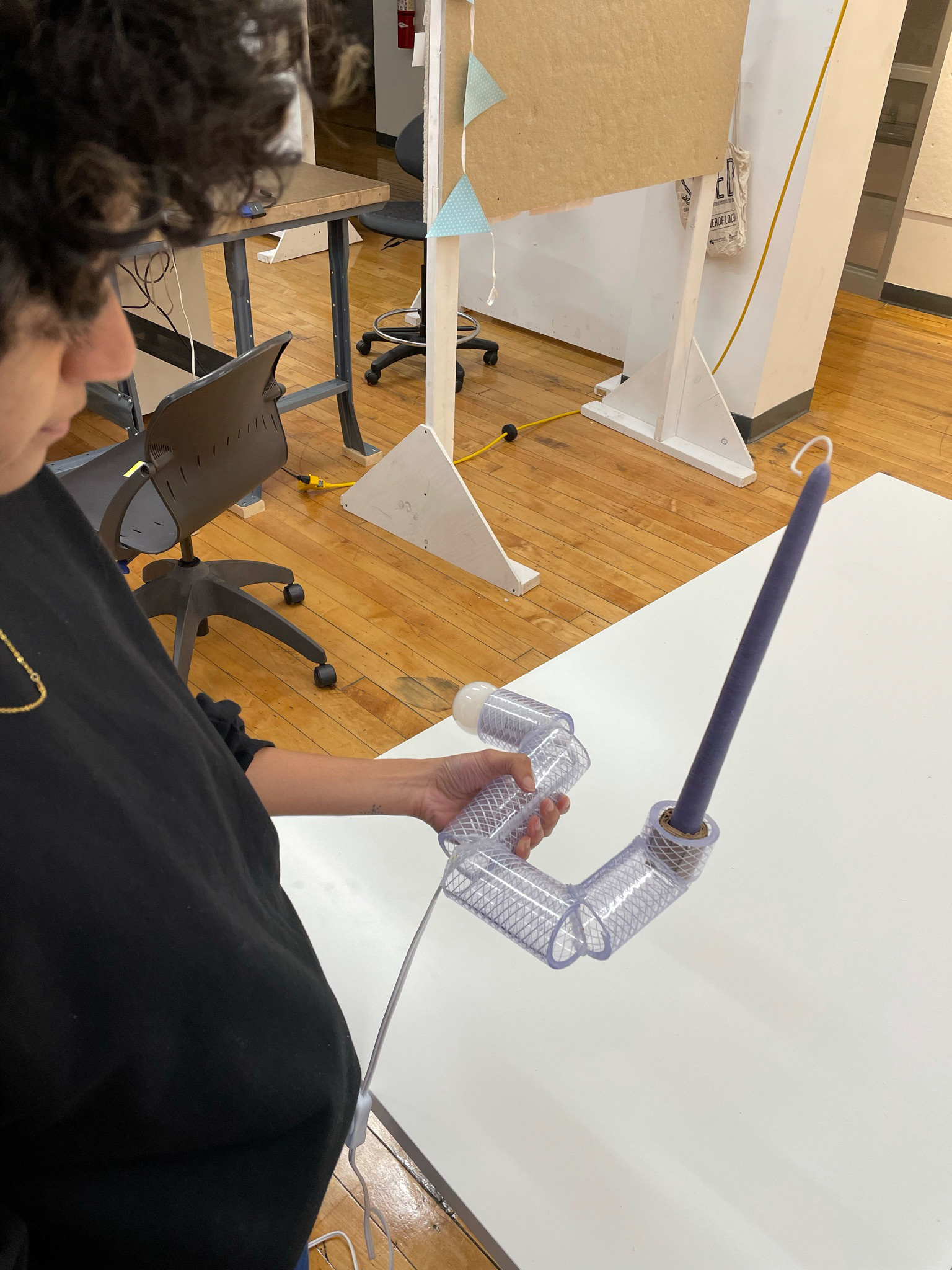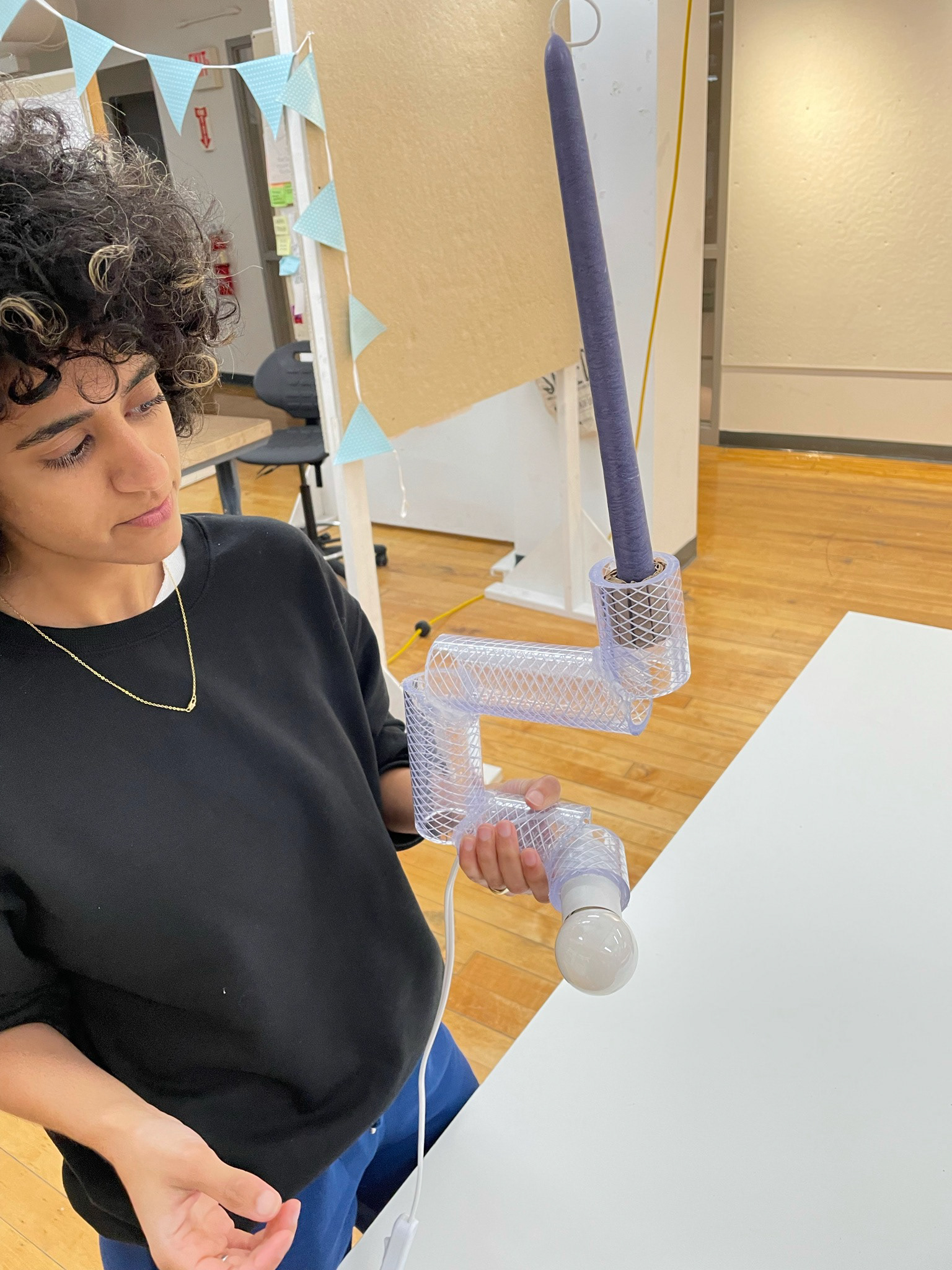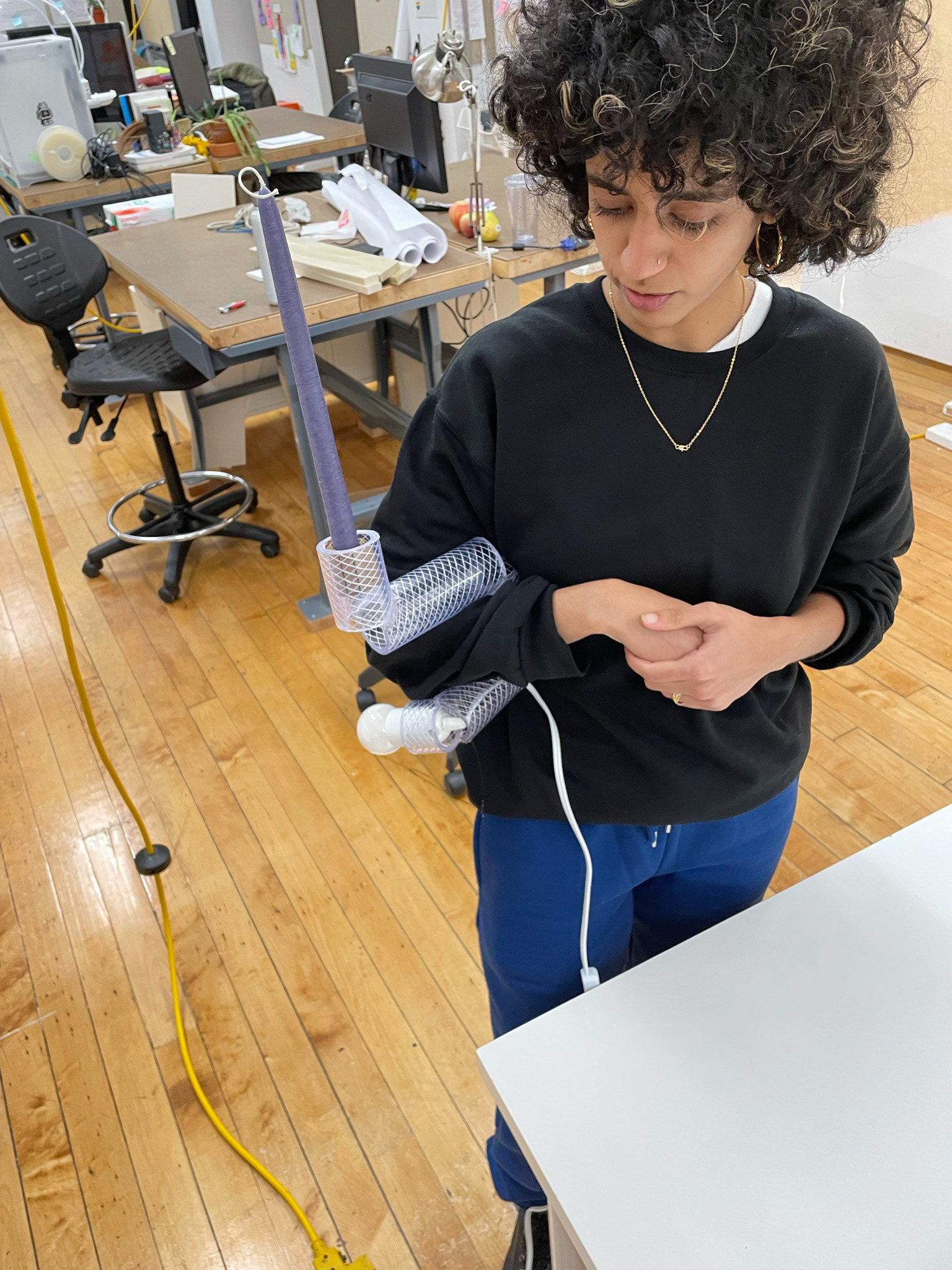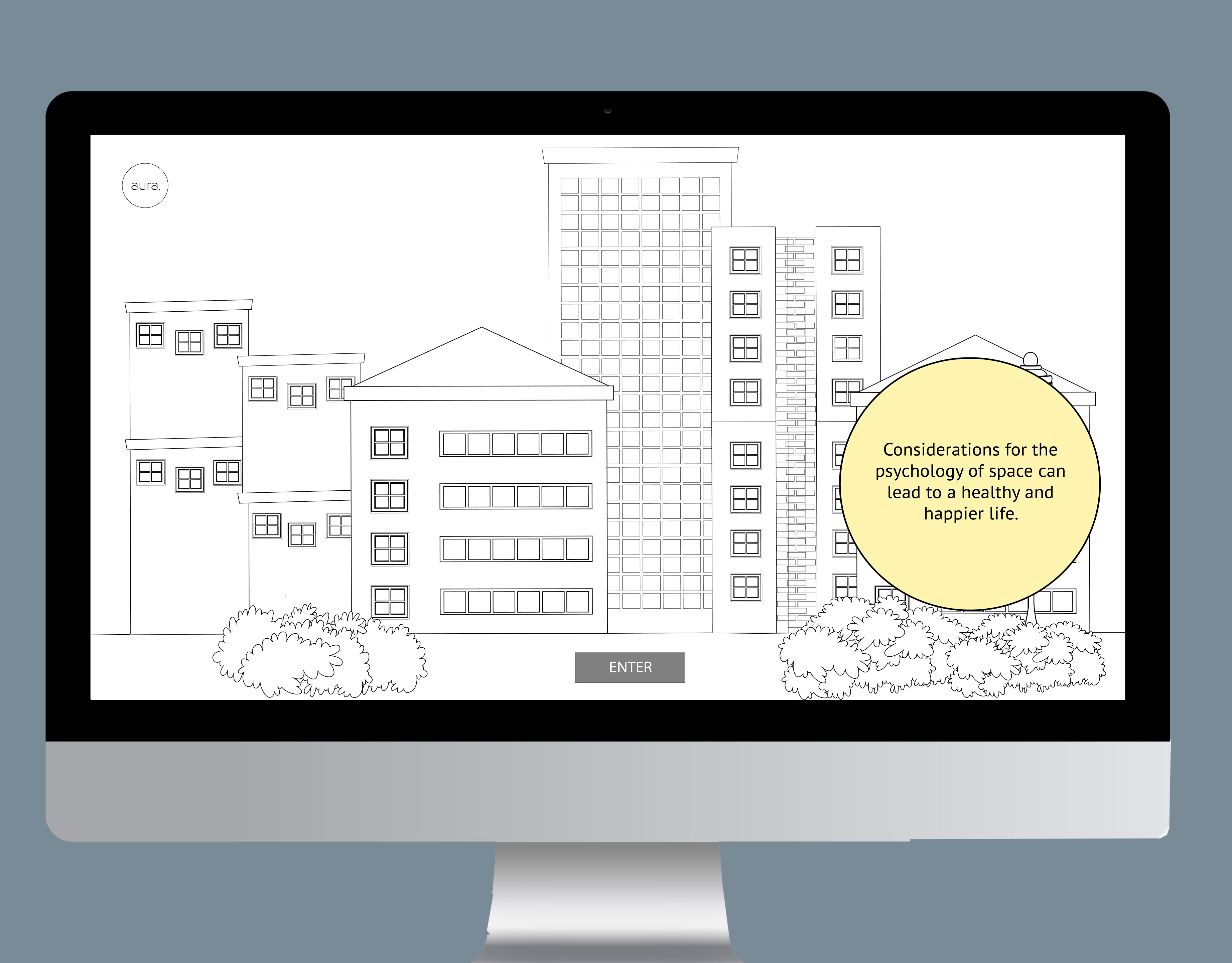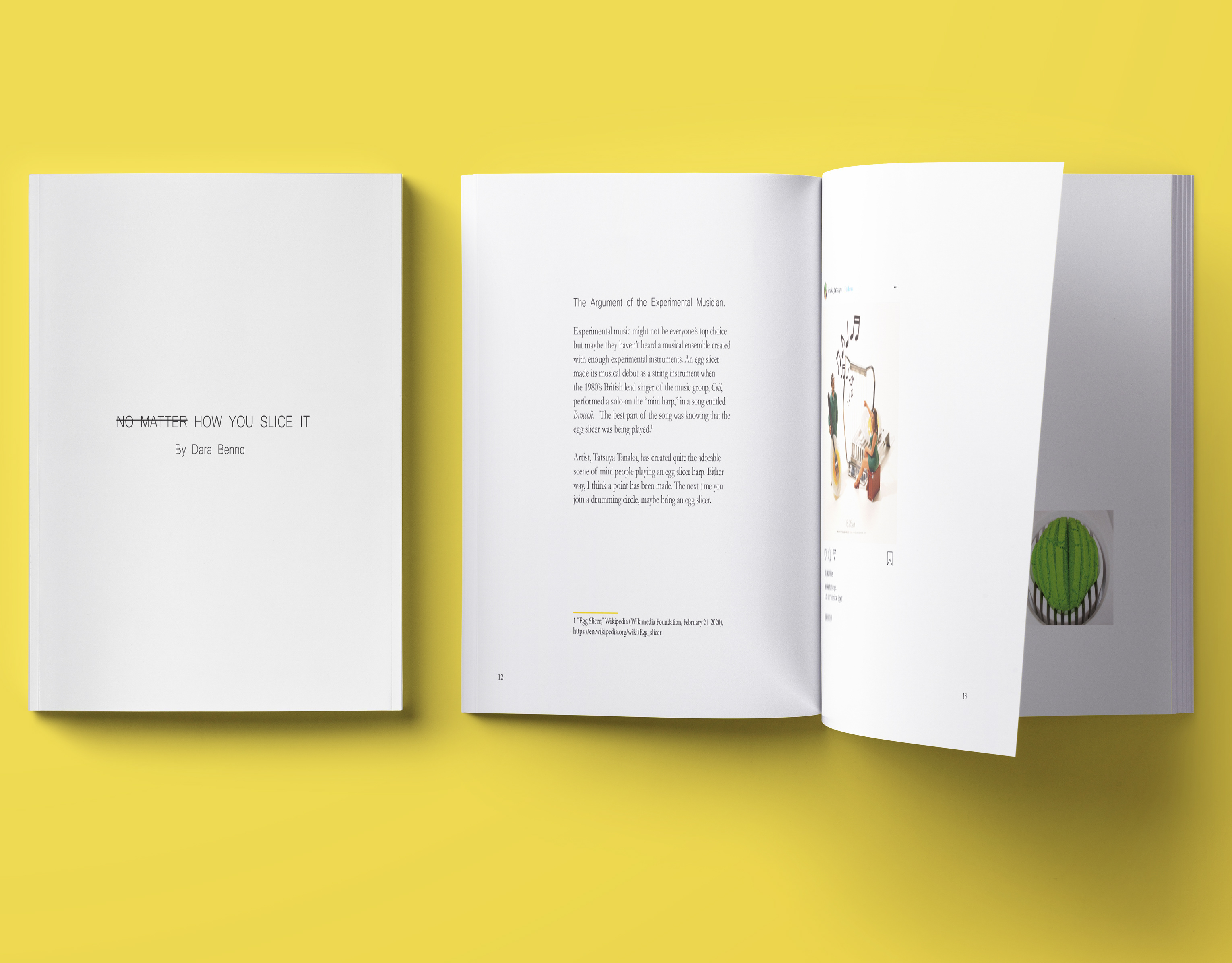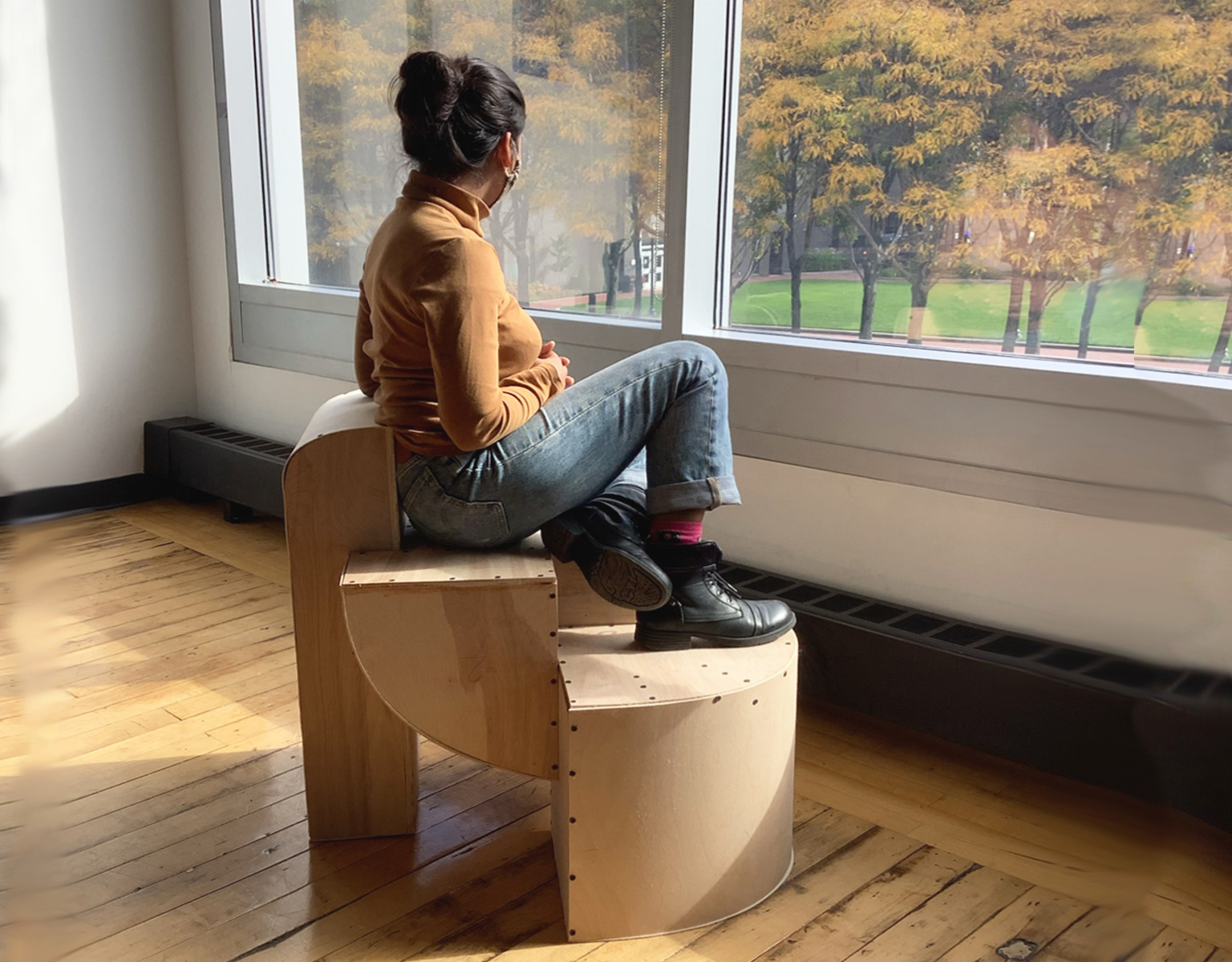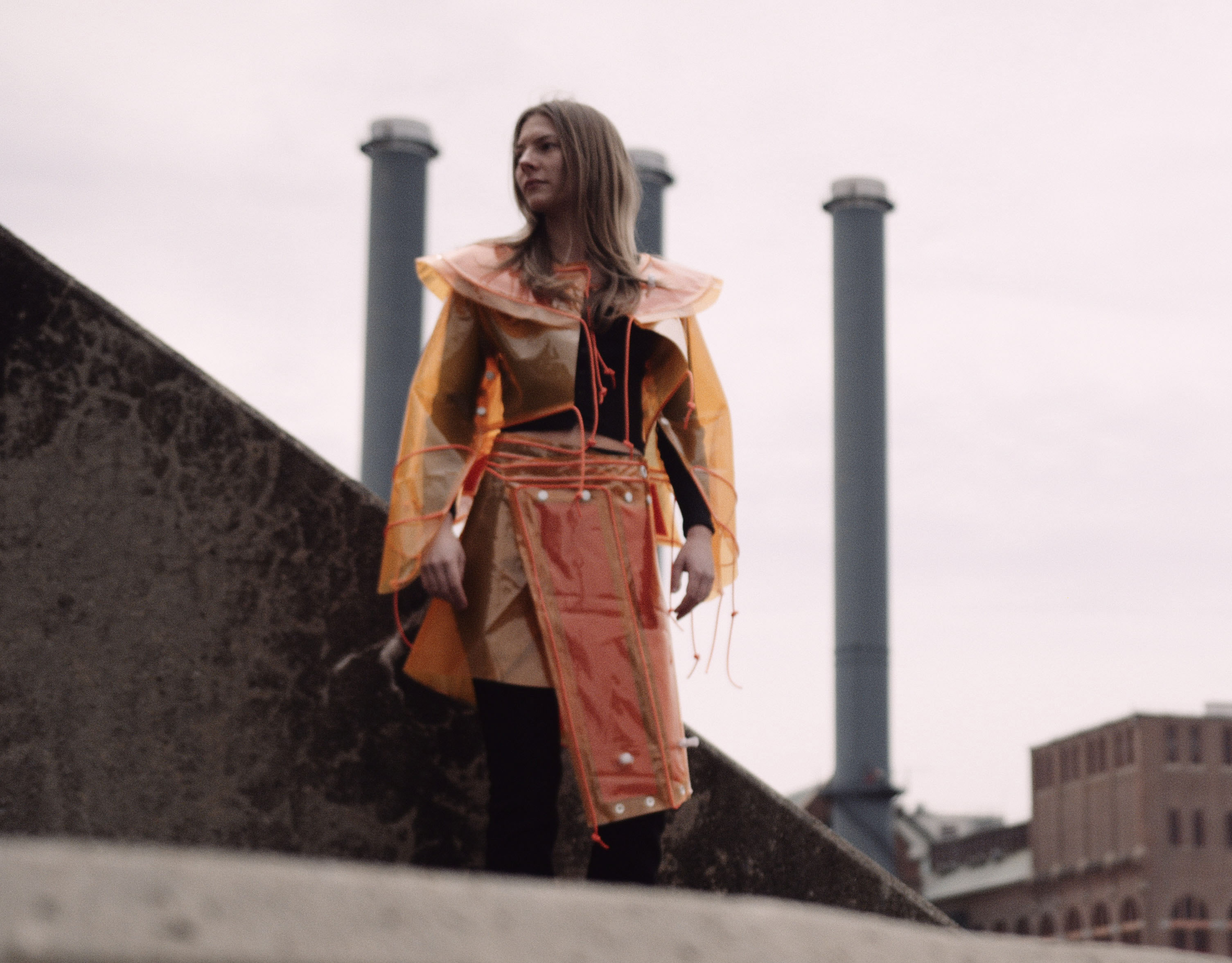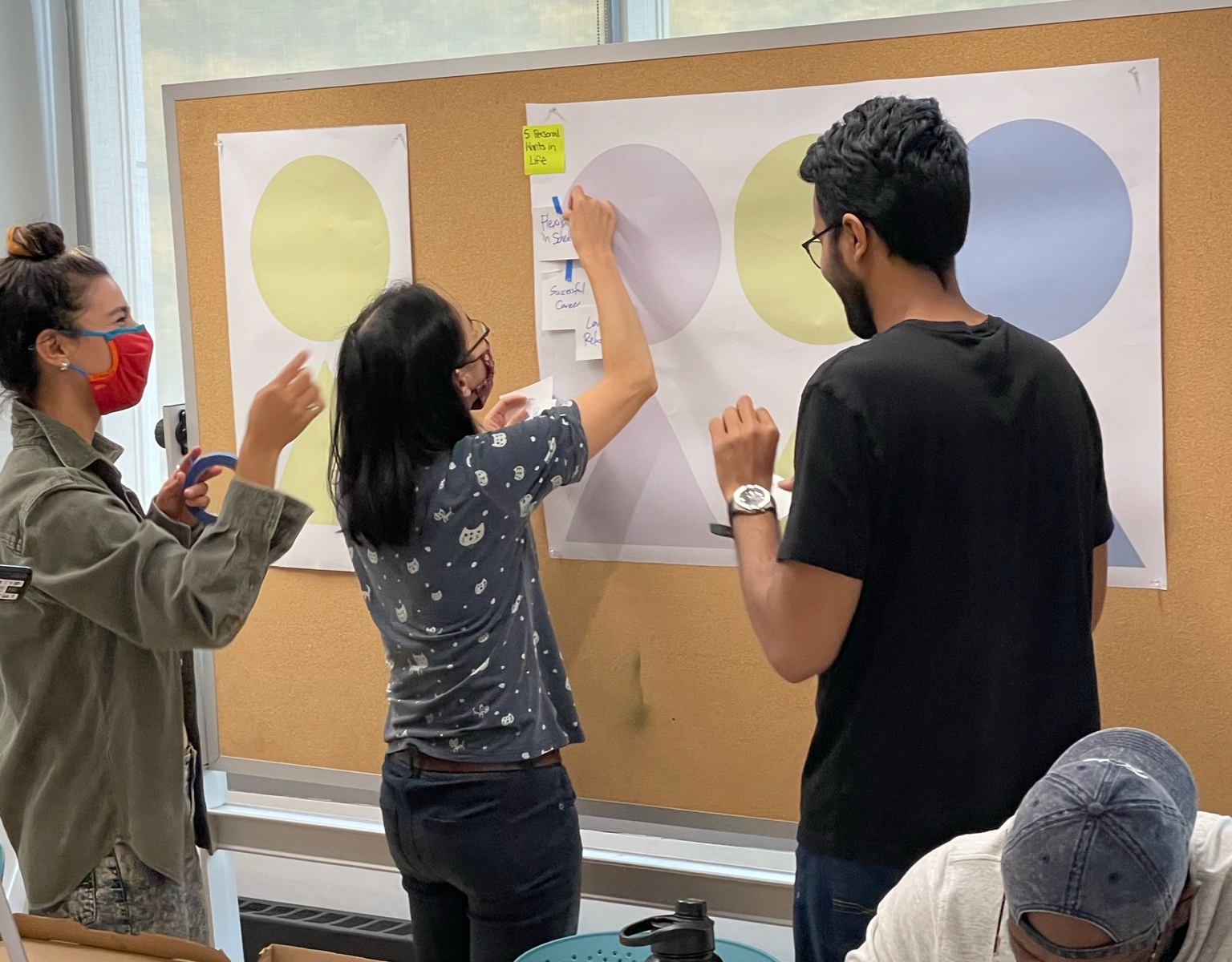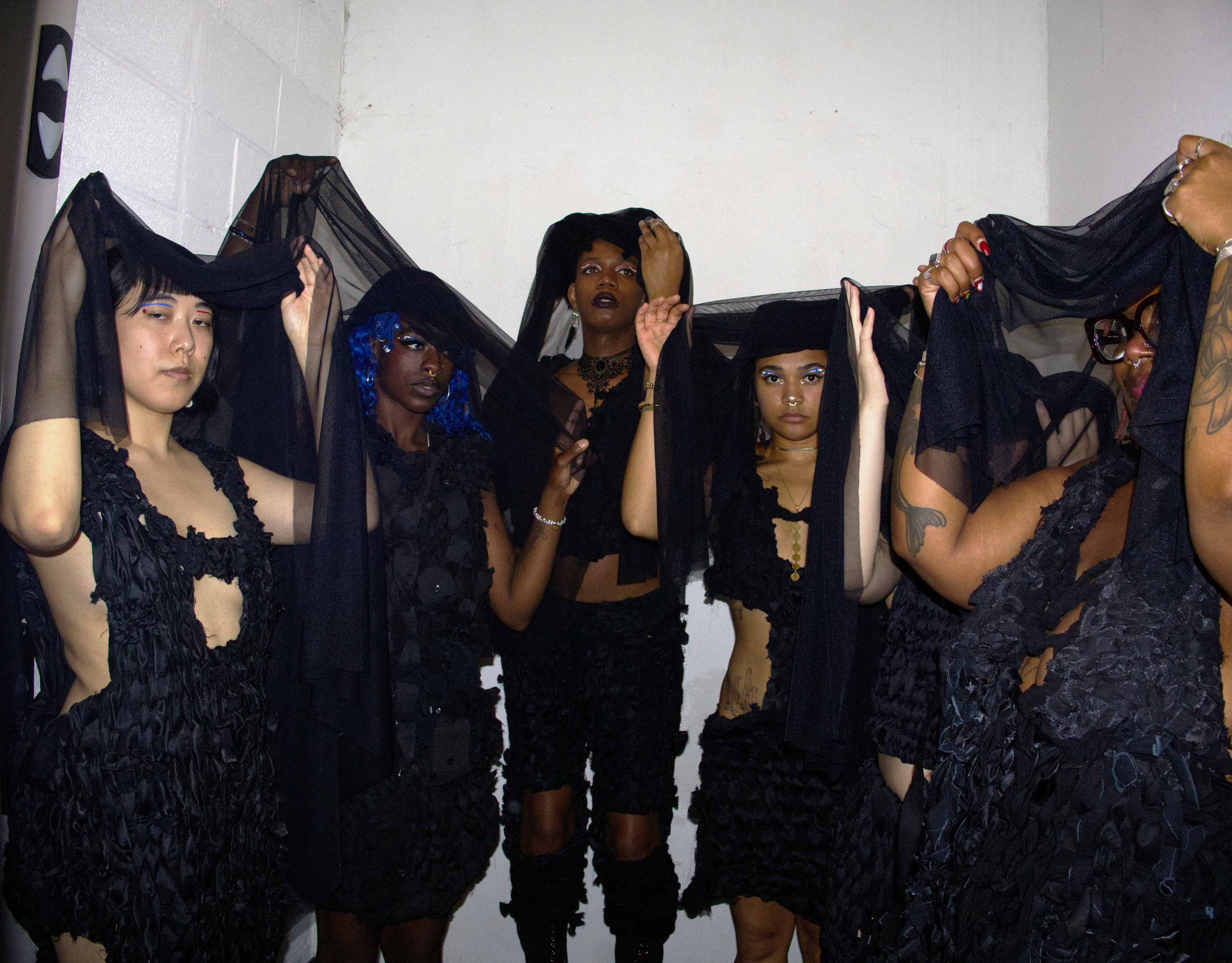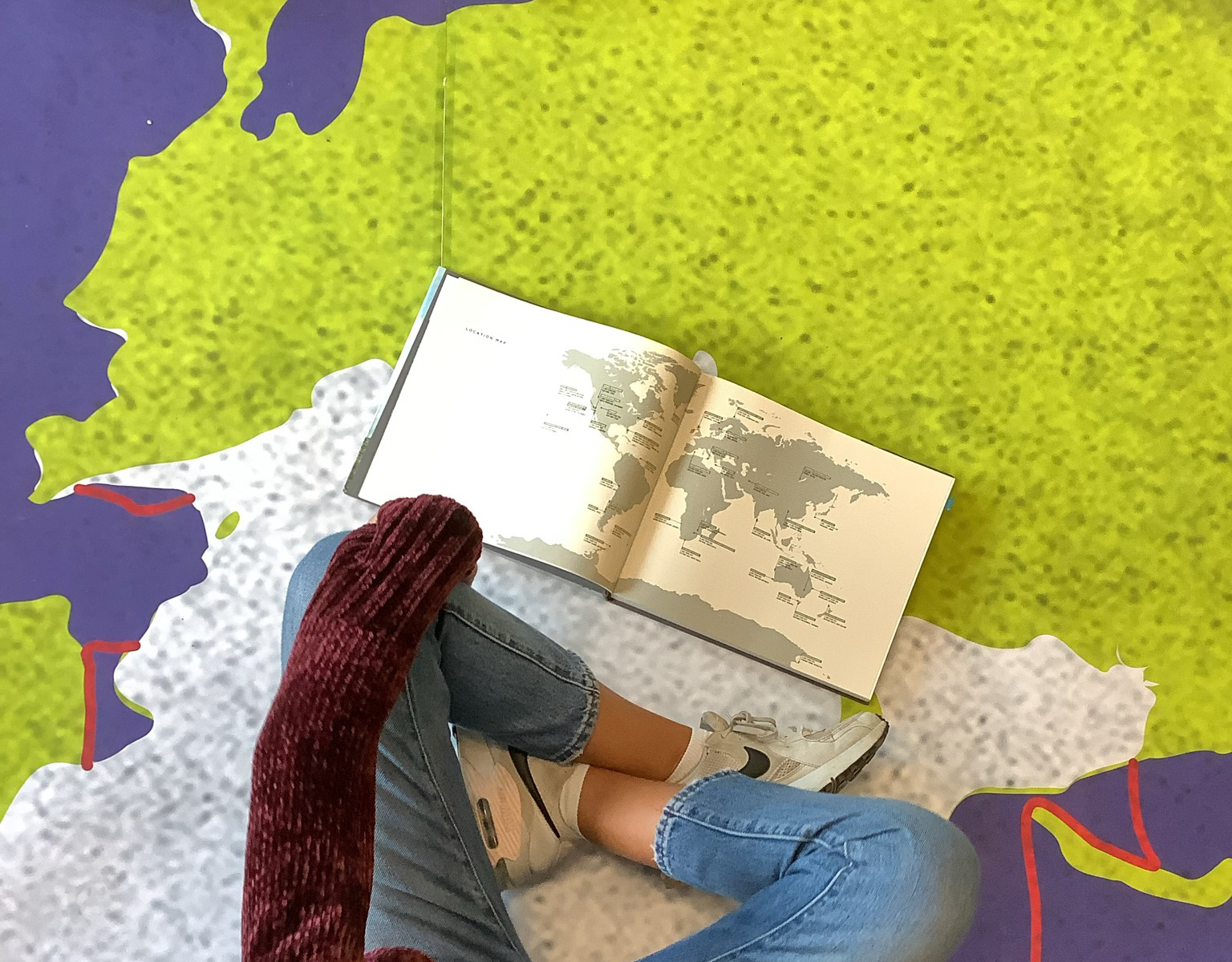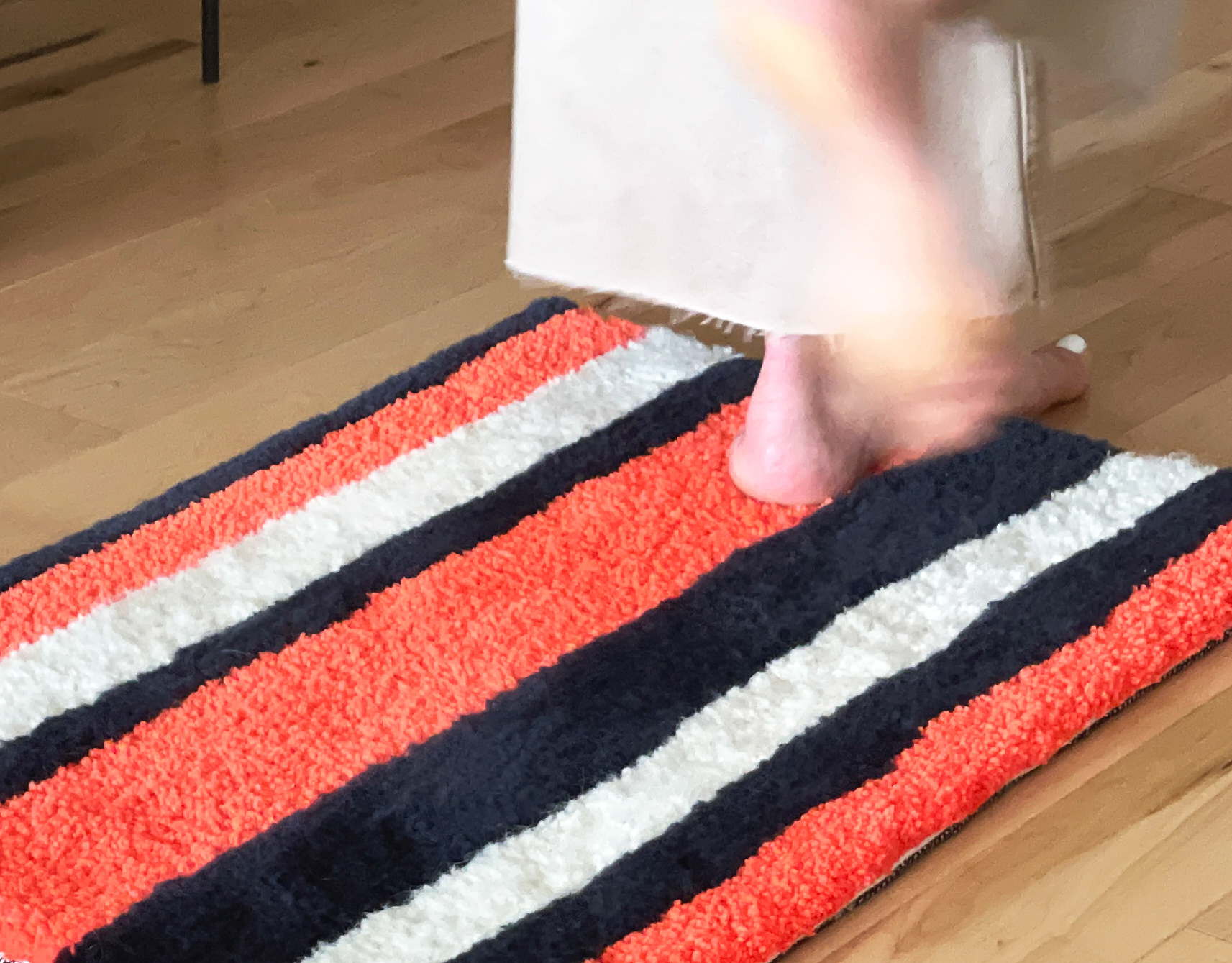How can objects help facilitate desired behavior change?
Duo Light prototype showing the multiple options for use.
If human activities are the driving force behind the rapid climate change we are experiencing today, then we need to consider how to change our habits and routines that we have grown so accustomed to in the comforts of daily life. Changing behaviors, however, isn't as easy as one might think it to be and requires a presented opportunity for action.
The Duo Light adds an inviting decorative element to the home space and introduces a heightened awareness of the imminent and ongoing threats brought on by rapid climate change, specifically the likelihood of a blackout. With one side of the fixture holding a lightbulb and the other a candle, the dual-functioning object affords light in a scenario with or without power - either by choice or due to a blackout. This choice of interaction with the Duo Light and disruption of what may be distracting comforts in the home, serves as a consistent reminder of not only how our actions have an effect on the ongoing climate crisis but also how this crisis will, and does, have an effect on our everyday lives.
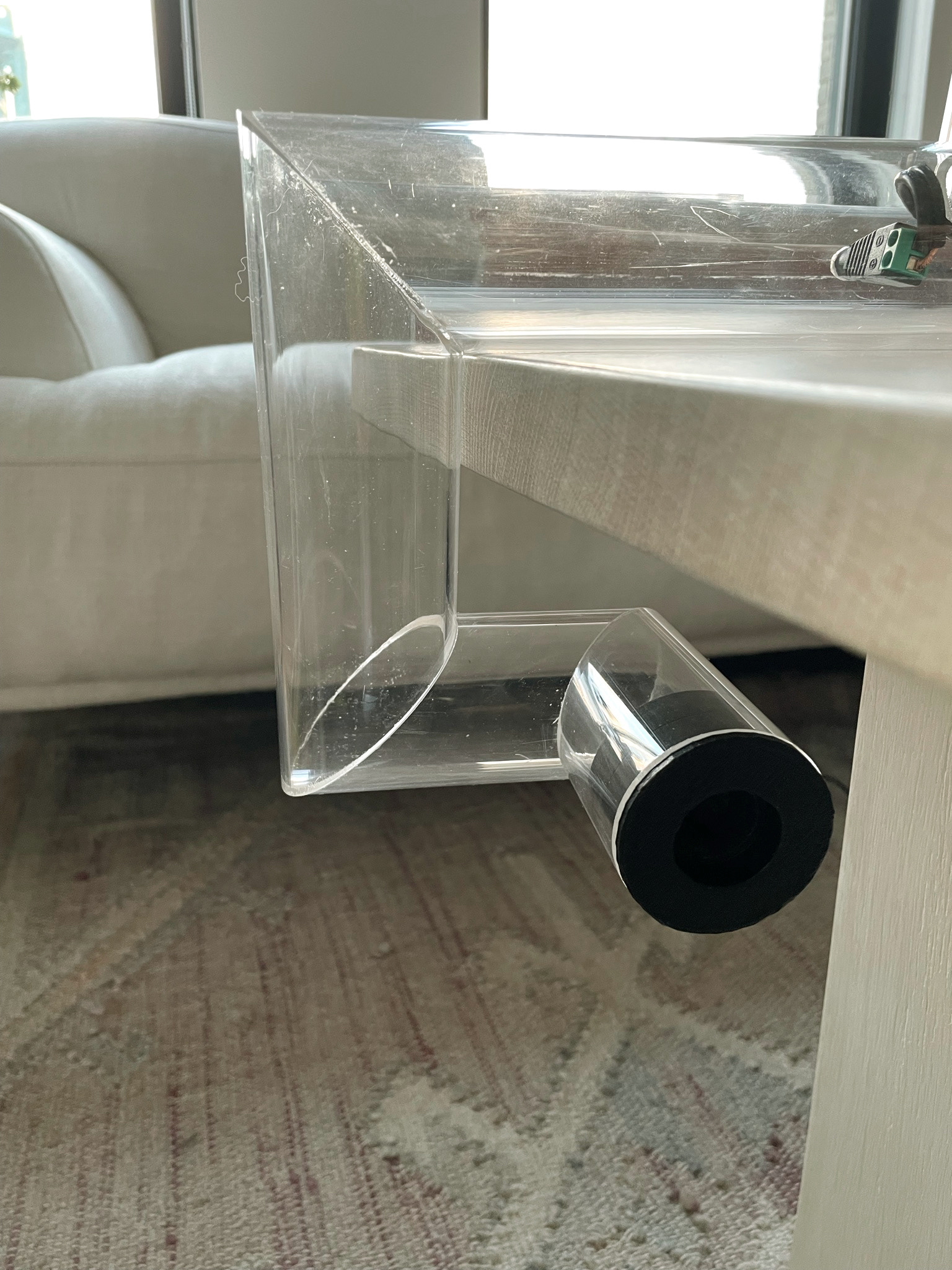
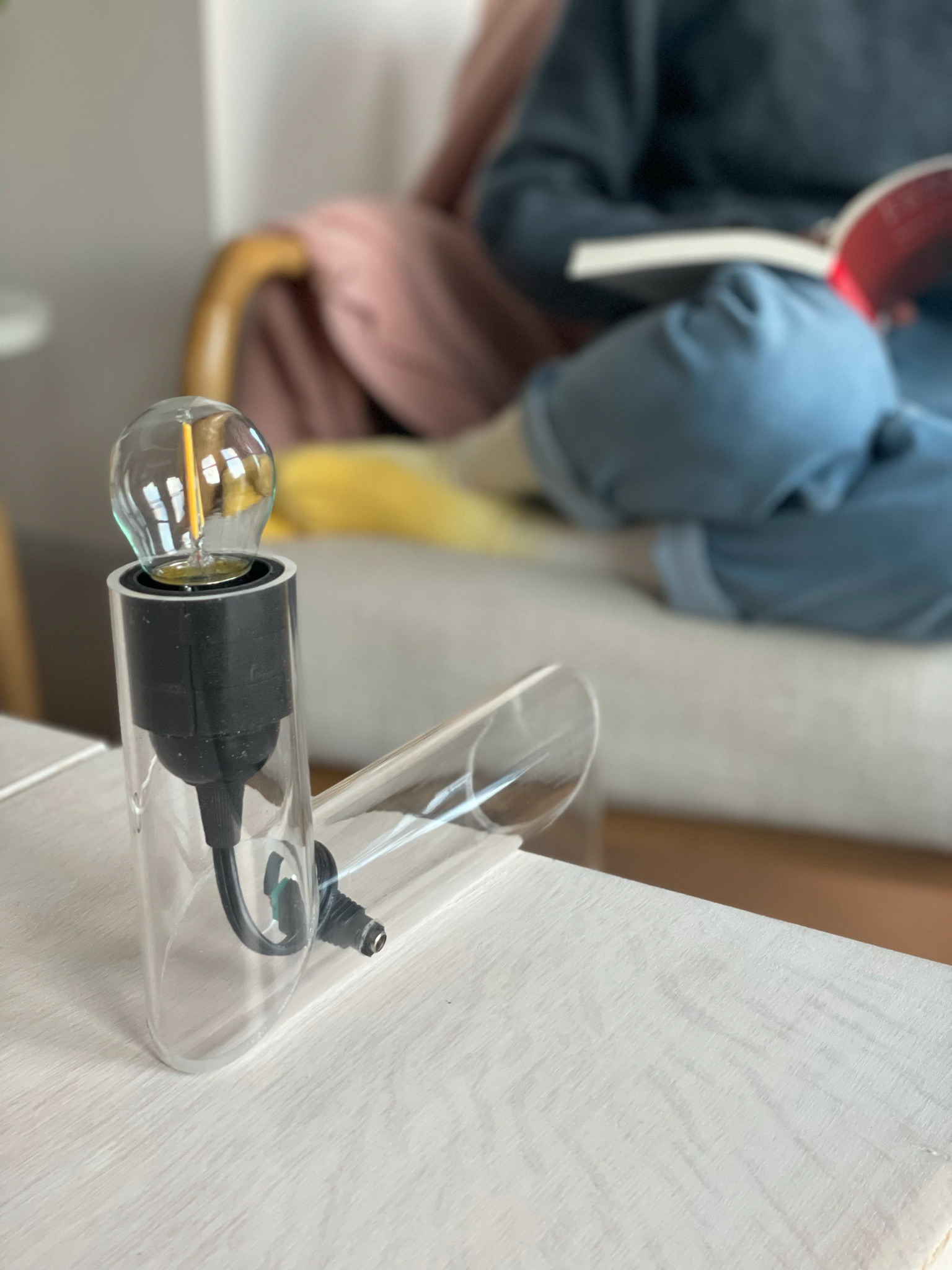
Lightbulb end of light in use.
Model: Aaliya Jamal Zaidi
Portable candle end in use.
Model: Aaliya Jamal Zaidi
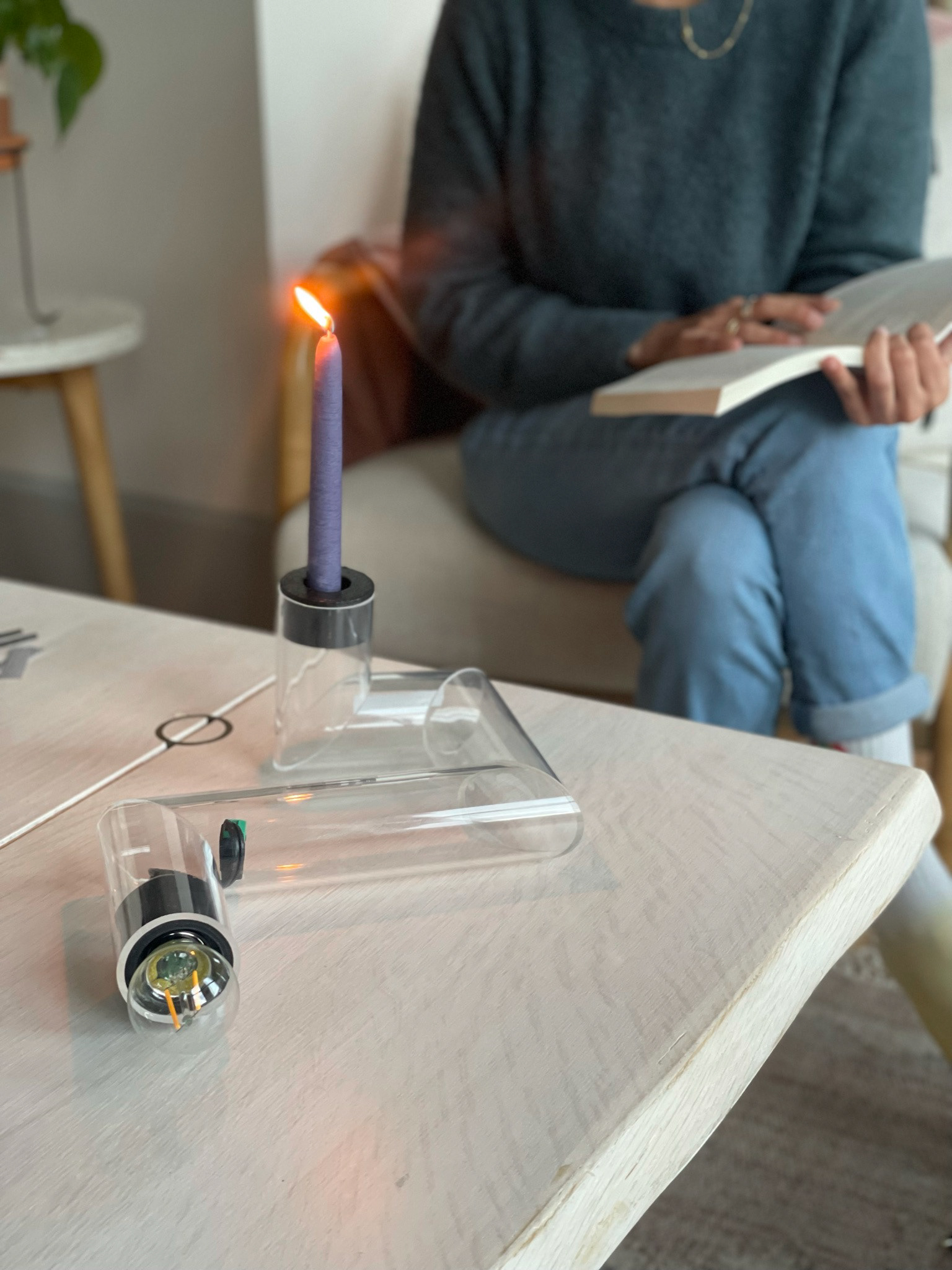
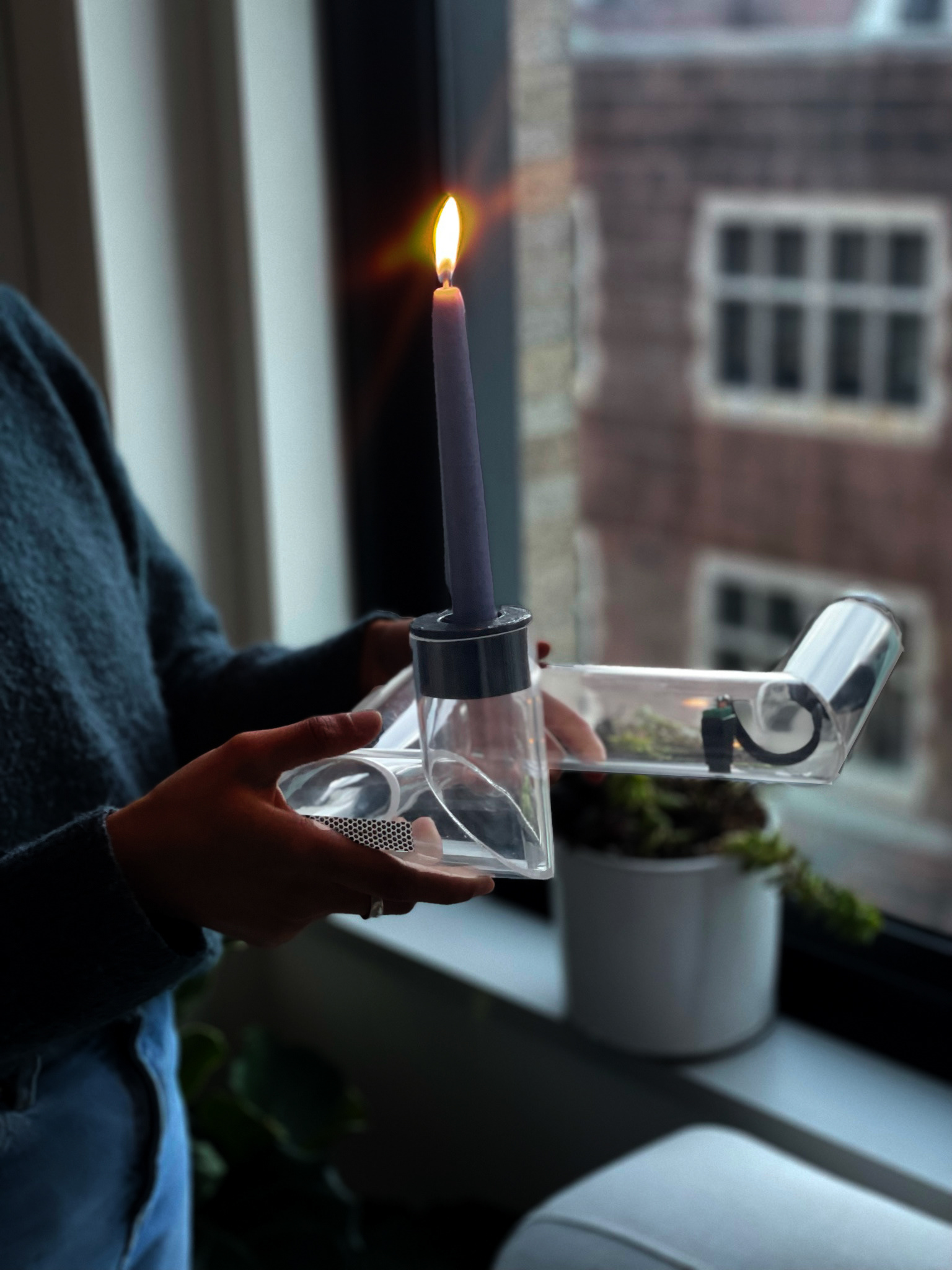
Challenge
If we form relationships with the things we own, how can the physicality and interactive properties of an object help encourage specific patterns of thought and aid in facilitating behavior change in day-to-day life? Can curated object interactions be seen as a rehearsal for performing desired future behaviors? How can the objects we live with become an embodiment of how we want to live?
Research + Insights
Adapted model from Kaaronen and Strelkovskii
Behavioral adaptation, includes actions that help a species survive. Examples are bears hibernating, birds flying south and the instinctual behavior of a spider when it spins a web. Adapting through behavior change can be viewed as a cultural evolution when desired actions are learned and turn into both individual and collective habits. This phenomena can be modeled as a system composed of interacting agents that facilitate these changes through presented opportunities and collective learning.
Collective learning and future behaviors can also be visualized through rehearsal. We're all familiar with emergency drills and rehearsed actions like "Stop, Drop and Roll" in case of a fire. From repeated exposure and repetition, we don't even have to think about what to do because these familiar behaviors have been integrated into a system that causes the preparatory actions to be ingrained in our brains, eventually acting as second nature in the event of an emergency.
FEMA "Stop, Drop & Roll" sequence
Opportunity
The Swiss psychologist and epistemologist, Jean Piaget, referred to the idea of assimilation as the easiest way to adapt information because it doesn't require a large amount of adjustment. In order to assimilate, familiar knowledge is applied to a current reality through an experience, allowing for existing actions and behaviors to be modified. By considering a design that incorporates familiar capabilities in what would typically be seen as a mundane object (like a light or candle), an object interaction can be created to utilize both physical and mental rehearsal. Through repetitive use, the object has the potential to not only help maintain a heightened awareness of future desired actions but also prepare for, and warn of, an adaptation scenario should the effects of the climate crisis persist.
Adapted model from "Piaget Equilibration," Kendra Cherry
Design Process + Outcome
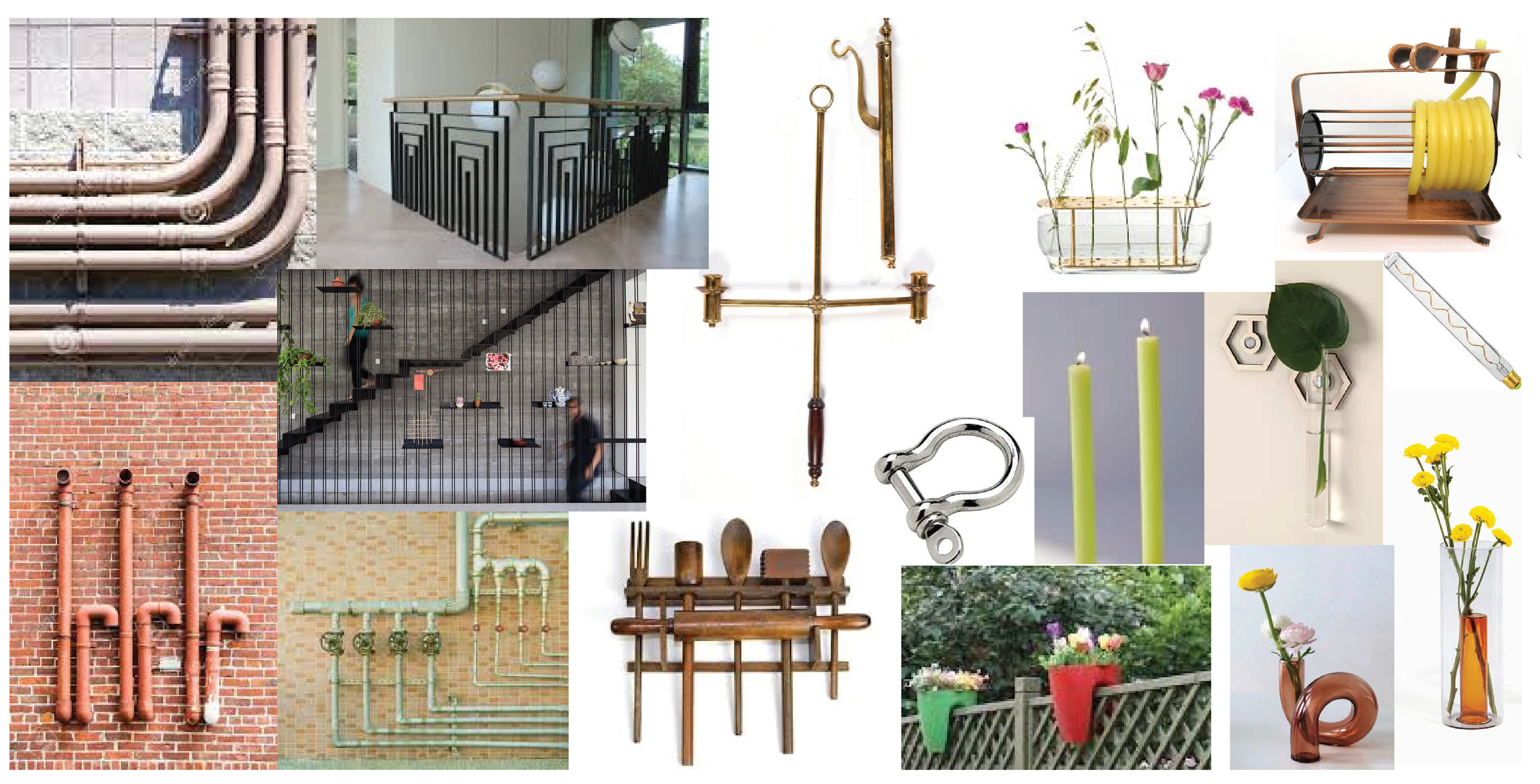
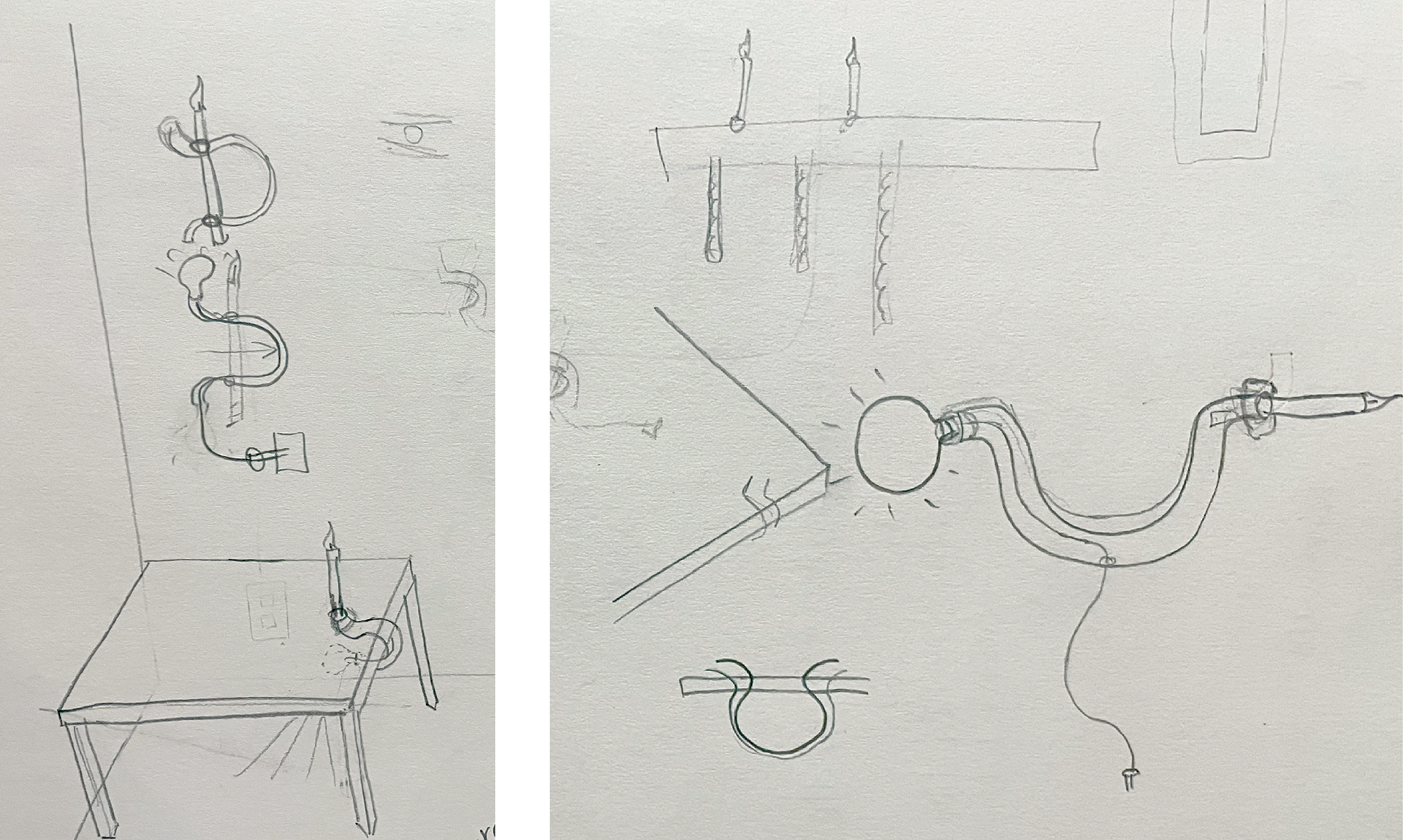
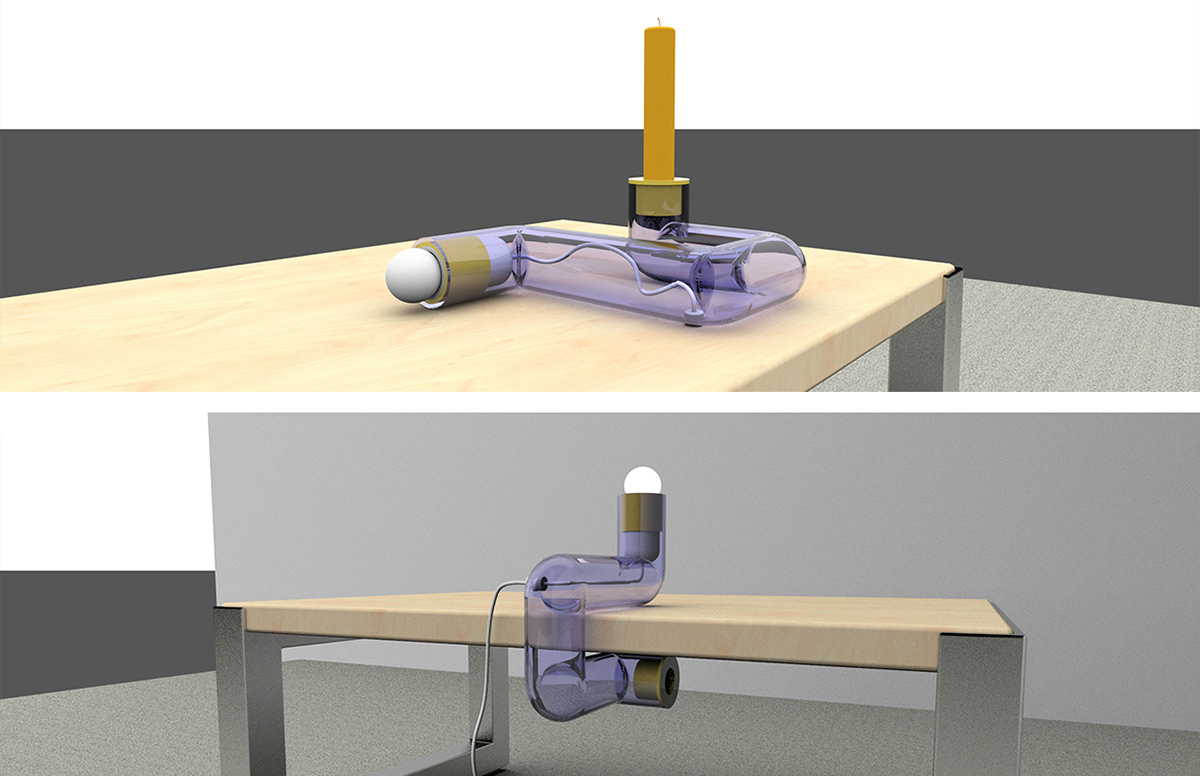
Utilizing attractive forms, home accessories and vintage lanterns as inspiration, the Duo Light was designed to serve the user both when they have electricity and when they do not...either by choice or due to a power outage. With the ability to disconnect from its power source and offer portability, the user can walk around guided by candlelight if necessary.
A removable candle holder insert allows for easy cleaning of any remaining and unwanted wax. When not in use, this non-electrical end can be tucked under a tabletop, hugging any edge that is up to 3" thick.
Moodboard, preliminary sketches and rendering in blown glass.
Looks-like and works-like model iterations and user hold tests
